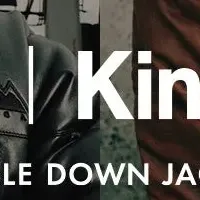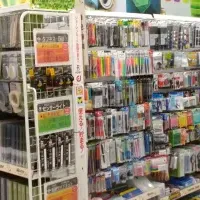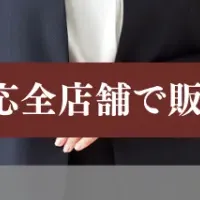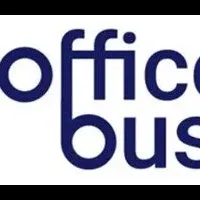
Global Baby Stroller Market Set to Expand by $1.86 Billion by 2029, Fueled by Lifestyle Changes and Nuclear Family Trends
The Future of the Baby Stroller and Pram Market
The global baby stroller and pram market is on the brink of substantial expansion, with projections indicating an impressive growth of USD 1.86 billion between 2025 and 2029. This surge is set against a backdrop of evolving lifestyles, the rise in single-parent homes, and increased demand for sustainable products within this sector. The market is expected to grow at a solid compound annual growth rate (CAGR) of over 7% during this forecast period.
Market Dynamics Driving Growth
Shifting Family Structures
A notable trend contributing to this market growth is the changing family structure, particularly the increase in nuclear families. As more parents opt for intimate family units, there's a heightened demand for strollers and prams that cater to their specific needs, such as ease of use, safety, and compactness.
Emphasis on Eco-Friendliness
In addition, contemporary parents are increasingly conscious of the environmental impact of their purchases. This shift in mindset is leading to a greater appetite for eco-friendly strollers made from sustainable materials. Brands are responding by prioritizing non-toxic manufacturing processes and avoiding harmful chemicals, thus attracting an environmentally aware consumer base.
Impact of Urban Lifestyles
Urbanization plays a crucial role in shaping this market. Parents in metropolitan areas are looking for strollers that can seamlessly fit into their fast-paced lives. This has escalated the demand for lightweight, compact models that offer multi-functionality, including features like easy folding mechanisms and portability.
Challenges Ahead
Despite the promising growth, the industry is not without its challenges, particularly concerning safety regulations. Strict compliance standards set forth by agencies such as the U.S. Consumer Product Safety Commission (CPSC) and Europe’s EN 1888 can complicate production processes. Manufacturers must ensure that their products meet high safety standards, which include recommendations for braking systems, stability, and material safety.
Additionally, concerns about potential product recalls due to safety defects pose risks to brand reputation and financial viability, making it paramount for companies to emphasize quality control.
Innovative Features Gaining Traction
As technology continues to advance, the baby stroller market is not lagging. Innovations such as Bluetooth connectivity, smart sensors, and integrated USB ports are becoming increasingly popular. These features enhance usability and provide parents with options for modern conveniences tailored to their tech-savvy lifestyles.
Parents are also interested in customization and personalization options, as strollers that reflect individual tastes and meet specific needs gain traction. This desktop approach adds significant value and enhances consumer satisfaction.
Market Players and Stakeholders
Key players in the baby stroller and pram market include prominent brands such as Artsana Spa, Bugaboo North America Inc., and BRITAX ROMER, among others. These companies are at the forefront of innovation, focusing on sustainability and high-quality standards.
Emerging brands are also stepping into the spotlight, bringing fresh perspectives on design and functionality, which contributes to a dynamic and competitive market landscape.
Conclusion
In summary, the global baby stroller and pram market is set for significant growth, propelled by changing family dynamics, a demand for eco-friendly solutions, and innovations in technology. However, stakeholders must navigate challenges regarding safety regulations and consumer expectations to capitalize on the emerging opportunities. The upcoming years promise to reshape the infant transportation landscape, making it crucial for brands to adapt swiftly and efficiently to market demands.
Topics Consumer Products & Retail)










【About Using Articles】
You can freely use the title and article content by linking to the page where the article is posted.
※ Images cannot be used.
【About Links】
Links are free to use.